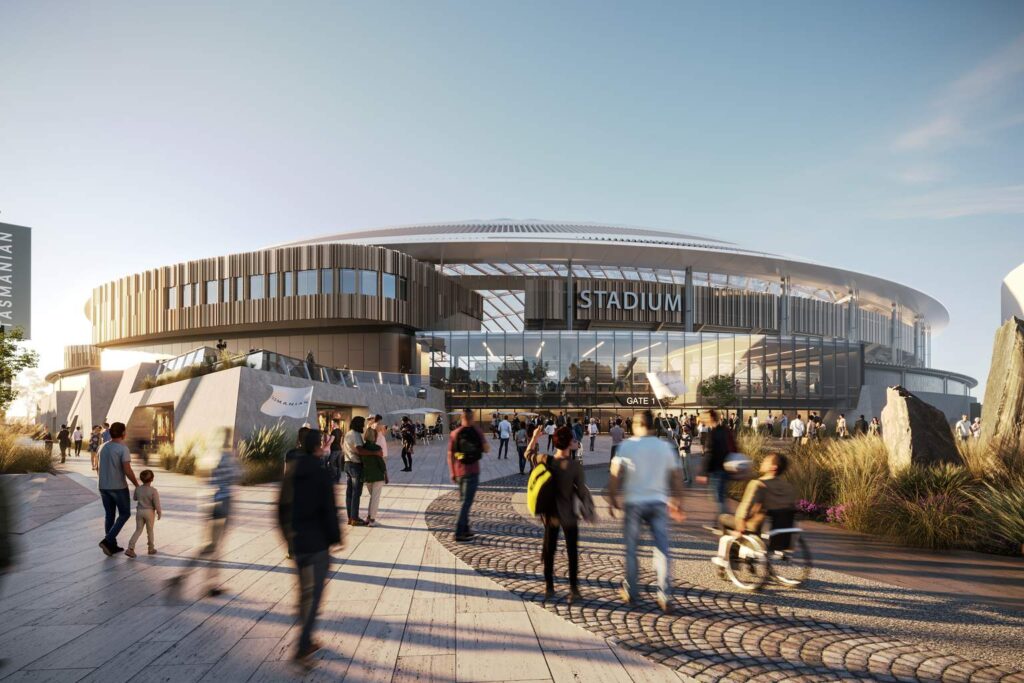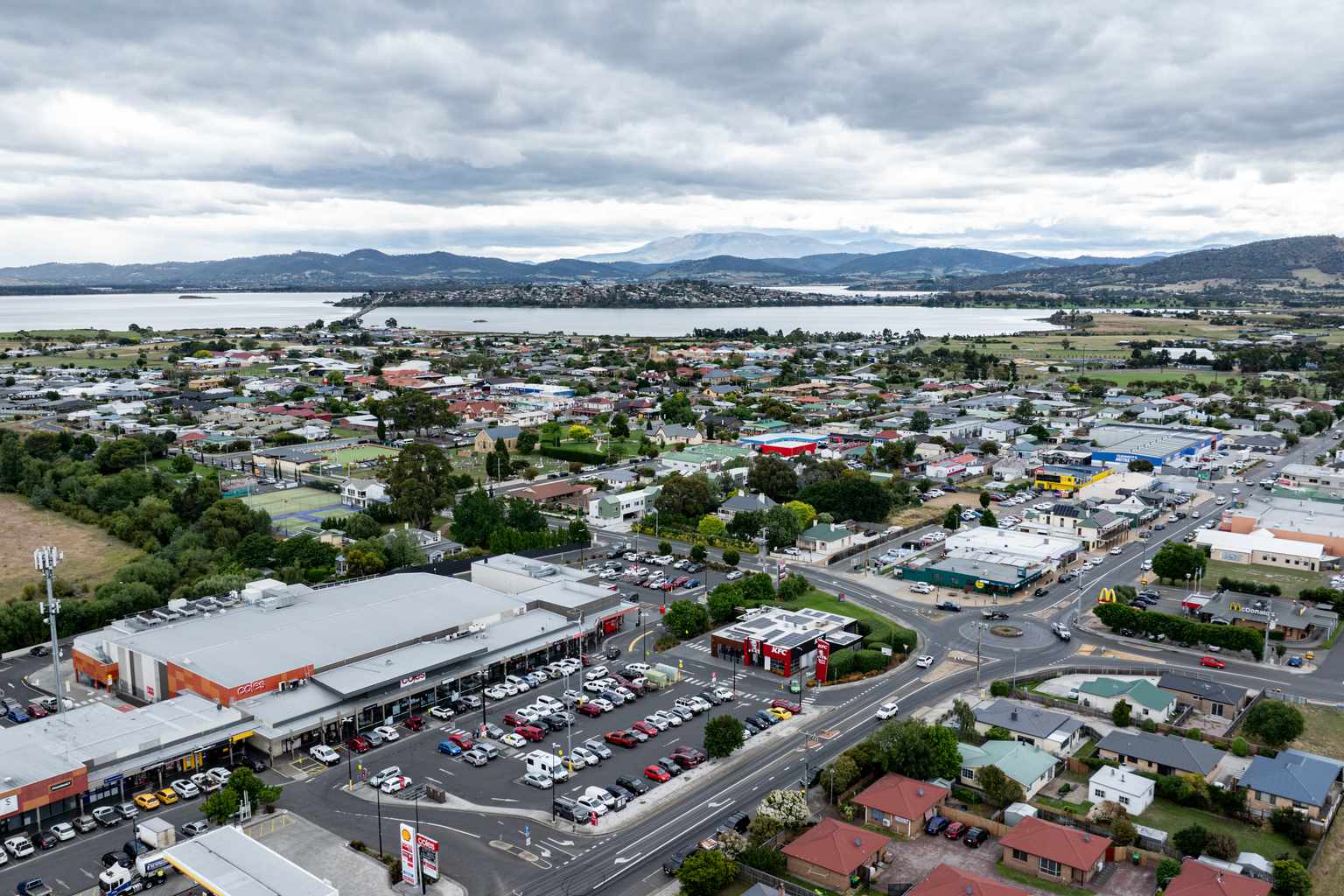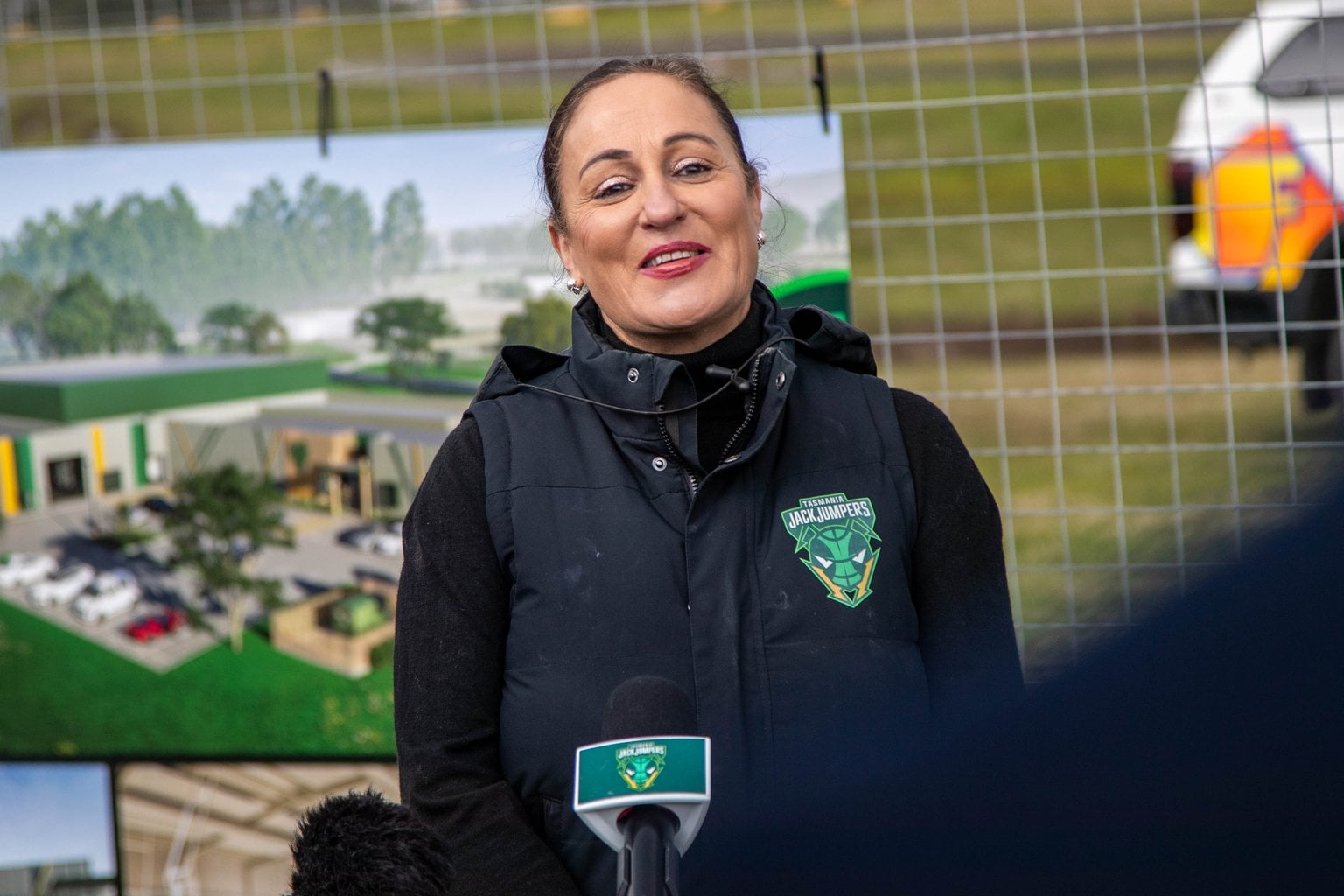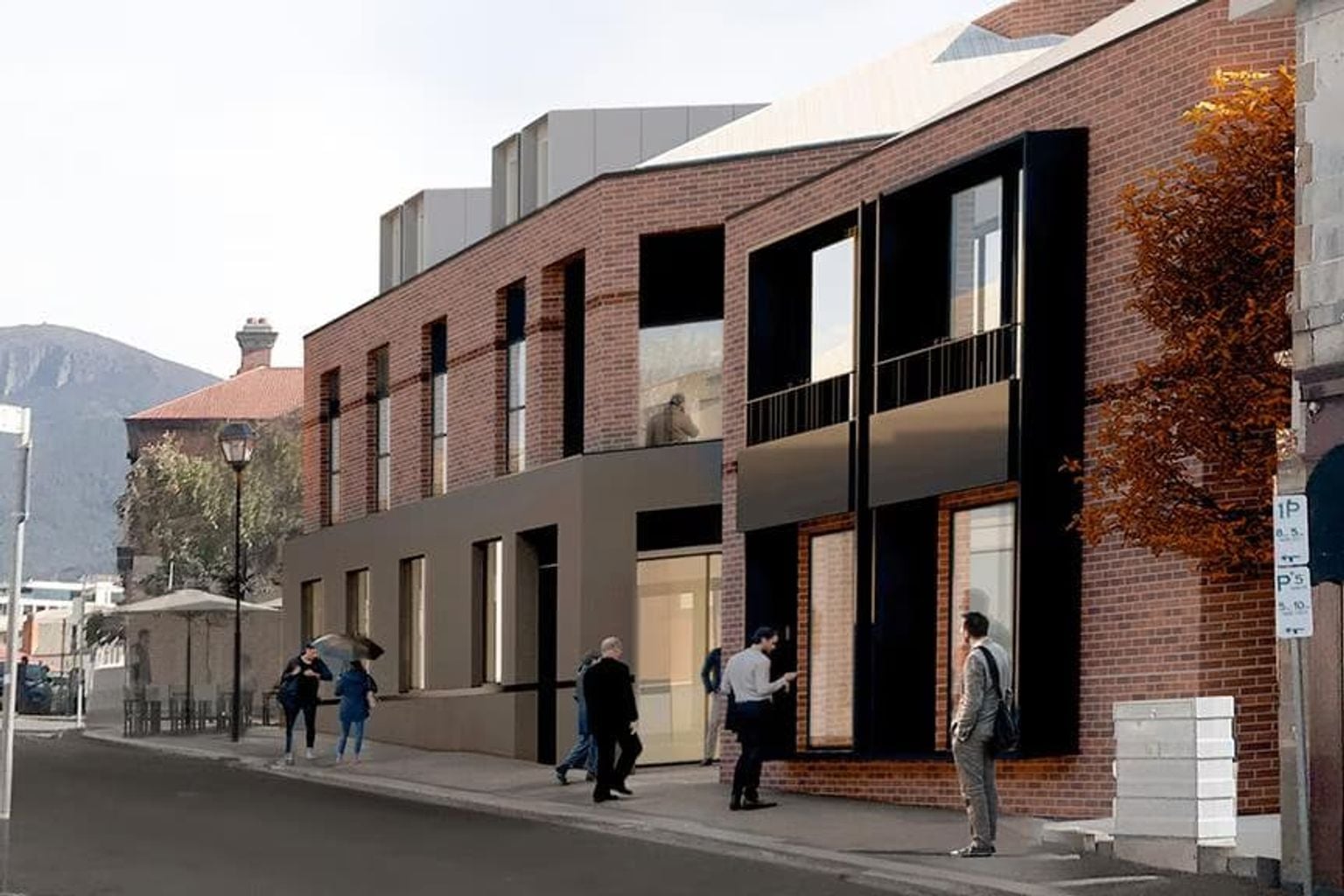Event-day traffic at the proposed Macquarie Point stadium is expected to be “no worse than a Monday to Friday peak”, a parliamentary committee has heard.
Macquarie Point Development Corporation CEO Anne Beach said the traffic modelling was based on a “worst-case scenario”, such as a Friday night game when the road network is already under pressure.
“So what people would experience sitting in their car getting to work every day of the week, it would be no more than that,” she said.
Beach said the stadium’s prime Hobart waterfront location was key to keeping traffic manageable.

“One of the real assets in having a centrally based stadium is some of the people that are travelling are already in the location,” Beach said.
“If we were to build the stadium somewhere that’s a bit more remote it means every single person has to travel and all that pressure is on the network.”

“By putting in a central location … it reduces the pressure on the network.”
For a capacity crowd of 24,500, the MPDC estimates fewer than 3,000 cars would require parking, with Hobart’s existing 6,000 parking spaces within walking distance considered more than adequate.
“If our targets are not even close to being met, we still have almost double the car parking capacity already available than what will be required,” Beach said.
The transport study aims for 31% of attendees to arrive by bus, 30% by private car, 22% walking, 10% by taxi or ride share, with smaller percentages of 3% using bikes and 2% each by coaches or ferries.

“If we’re able to get 40% of people using private cars or taxi or ride share then that’s, we’re looking at 7,350 people coming by car and 2,450 people coming by taxi or ride share,” she said.
“When we allow sort of two to three people in those vehicles it’s actually only 2,823 cars.”
“I think that people get a bit anxious because they hear a large number of seats and capacity and then sort of think that’s how many cars are [going to be] on the road.”
The transport study did not factor in the proposed Northern Suburbs Transit Corridor, which Beach confirmed “would be an additional boost” if developed.
The stadium is expected to be ready in time for the 2029 AFL season, pending planning approval later this year.







